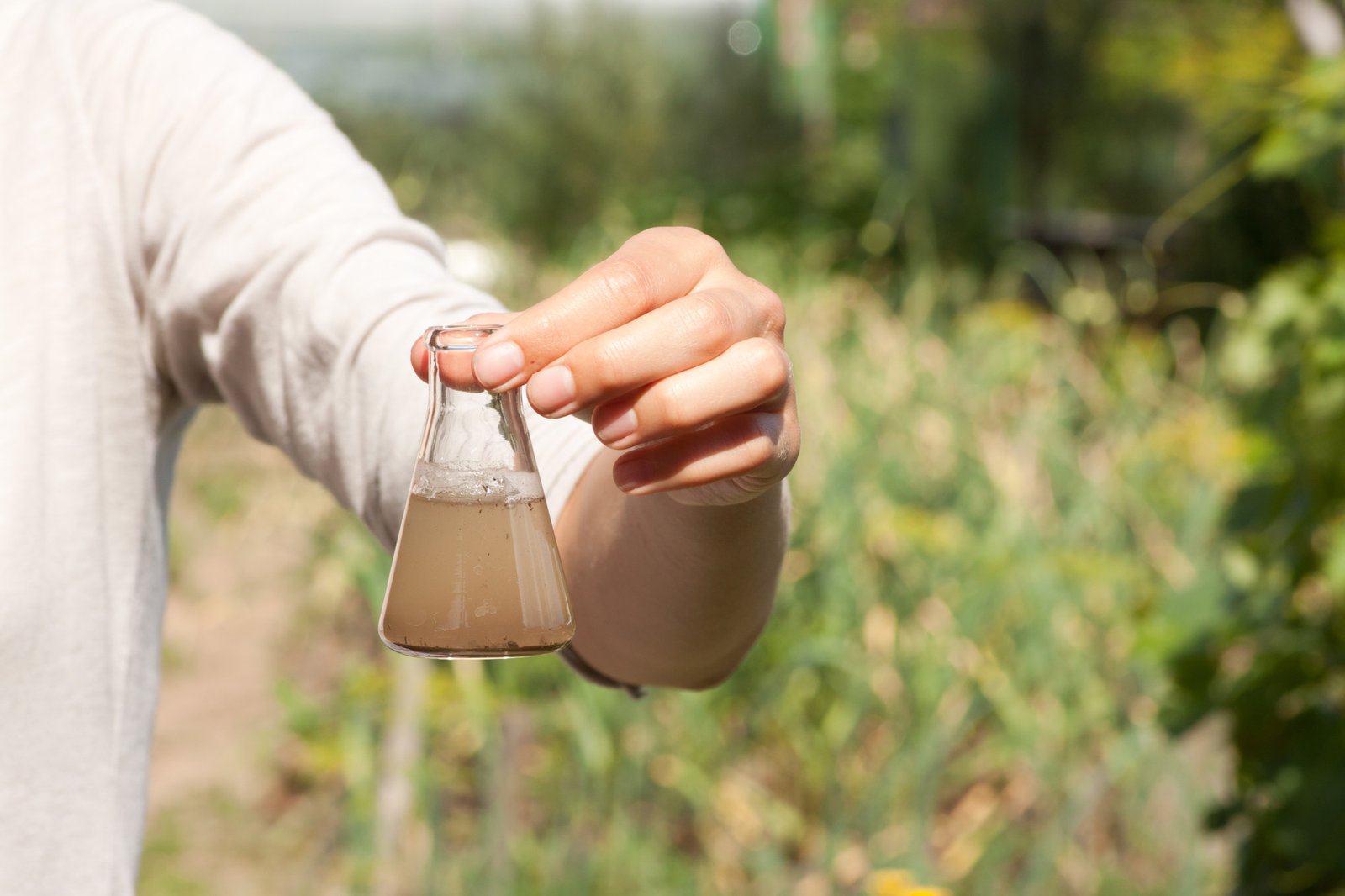
A Simple Guide to Groundwater Remediation Technologies
In an age when the crisis of water contamination is of huge importance, remediation technologies are something of the utmost priority.
There is an unspoken dread that the water we consume may not be free of toxic chemicals. They also contain microbes that we cannot see. It causes us to worry. While it may seem easy to handle, it needs proper remediation.
Water remediation technologies are available to help us combat this scourge of contaminants in the water we use and drink.
Read on!
Table of Contents
Pump and Treat
Pump and treat involve pumping the contaminated water out of the ground and treating it before putting it back or releasing it. This technology is often used with other technologies to achieve maximum contaminant removal. It involves the extraction of contaminated water by pumping it into a repository or directly to a treatment facility. Treatment, depending on the contaminants’ types may include:
- Filtration
- Dewatering
- Adsorption
- Ion exchange
- Oxidation
The treated water then is returned to the original aquifer, or recycled into a compatible aquifer for reuse. Other technologies that can be implemented with pump and treat include:
- Biological technologies
- Chemical technologies
- Gas-based technologies
The costs of the system can be high and depend heavily on the contaminants’ types and the target treatment efficiencies. Pump and treat is a commonly used technology. However, it is important to note that it is not suitable for every situation.
Air Sparging
Air sparging works by pumping air or oxygen into the water to remove contaminants. The air injected into the groundwater helps to get rid of harmful substances by making them evaporate. This method is especially useful for dealing with chemicals that easily turn into gas.
When the contaminants evaporate, they rise into the soil above the water table, where they can be collected and treated. Air sparging is commonly used for getting rid of volatile organic compounds (VOCs) found in groundwater. It is a straightforward and effective method that helps restore the quality of contaminated water.
In Situ Bioremediation (ISCO)
ISCO involves injecting special chemicals into the groundwater that react with the pollutants. These chemicals break the pollutants down into less harmful substances. This process helps to remove organic contaminants effectively.
ISCO is a powerful tool in groundwater remediation as it targets a wide range of pollutants. It can also be applied directly in the subsurface. Thus, avoiding the need for groundwater extraction.
With ISCO, harmful substances can be transformed. This makes the groundwater cleaner and safer. It is an important technology for restoring groundwater quality.
Permeable Reactive Barriers (PRB)
PRBs are underground barriers that help clean up contaminated groundwater. They’re made of special materials that capture and treat harmful substances as the water flows through them.
PRBs can be built using things like zero-valent iron or activated carbon. These materials react with the contaminants transforming them into less harmful forms.
PRBs are useful for targeting specific pollutants or controlling the movement of groundwater. They’re often used alongside other methods to make sure the cleanup is effective.
PRBs are designed and implemented by experts who study the site and figure out the best approach. They’re an important tool in cleaning up groundwater and making it safe again.
Electrokinetic Remediation
Electrokinetic remediation is a method used to clean up contaminated groundwater. It works by applying a weak electric current to the water and soil. This of which helps move the pollutants toward collection electrodes. The electric field created helps gather the contaminants for removal.
This technology is useful for treating certain types of pollutants like heavy metals. It can be applied in areas where other remediation methods may not be feasible or effective.
Electrokinetic remediation is a complex process that requires expertise and careful planning. Professionals should conduct a site investigation and feasibility study before implementing this technology.
Soil Vapor Extraction (SVE)
Soil Vapor Extraction (SVE) works by extracting vapors from the soil or the area above the water table. The extracted vapors are then treated to remove harmful contaminants.
SVE is a simple and effective method used for cleaning up polluted sites. It involves using equipment to suck out the vapors from the soil and then treating them using techniques like:
- Activated carbon adsorption
- Thermal oxidation
This process helps remove volatile organic compounds (VOCs) from the soil and groundwater. This improves the overall quality of the site. SVE is often combined with other remediation technologies to achieve better results.
It is important to consult experts and professionals to determine the suitability of SVE for a specific site. Consulting them will ensure proper implementation and monitoring of the remediation process.
Phytoremediation
Phytoremediation is a helpful method for cleaning up contaminated groundwater. It uses plants to absorb and break down pollutants. This process is suitable for sites with lower levels of contamination and is easy to understand.
First, specific plants are chosen for their ability to take up contaminants from the soil and water. These plants, called hyperaccumulators, store the pollutants in their:
- Roots
- Stems
- Leaves
As the plants grow, they naturally extract the contaminants from the groundwater. Phytoremediation is a cost-effective and environmentally friendly technique. It can be used in combination with other remediation methods.
However, it is important to note that phytoremediation works best for certain types of pollutants. It may also require a longer time to achieve complete cleanup.
Dissolved Air Flotation (DAF)
DAF can help clean up contaminated water efficiently and cost-effectively. It works by introducing tiny air bubbles into the water. This attaches to the contaminants and causes them to float to the surface.
The floated contaminants can then be skimmed off and removed, leaving behind cleaner water. Dissolved air flotation technology is effective in treating water contaminated with the following:
- Oils
- Greases
- Suspended solids
This technology is relatively simple to operate and can be implemented in various settings, including:
- Industrial sites
- Wastewater treatment plants
- Groundwater remediation projects
DAF offers a simple and efficient solution for removing pollutants from groundwater. Its ease of operation and versatility make it a valuable option for groundwater remediation projects.
Groundwater Remediation Technologies
Groundwater remediation technologies are constantly advancing and evolving. There are many available systems and methods for groundwater treatment. Keeping up with these technologies can help you address current and future groundwater issues.
To learn more about groundwater technologies, contact an expert today.
We have plenty of informative articles available to you throughout our site. Check them out!
Last Updated on May 20, 2023













